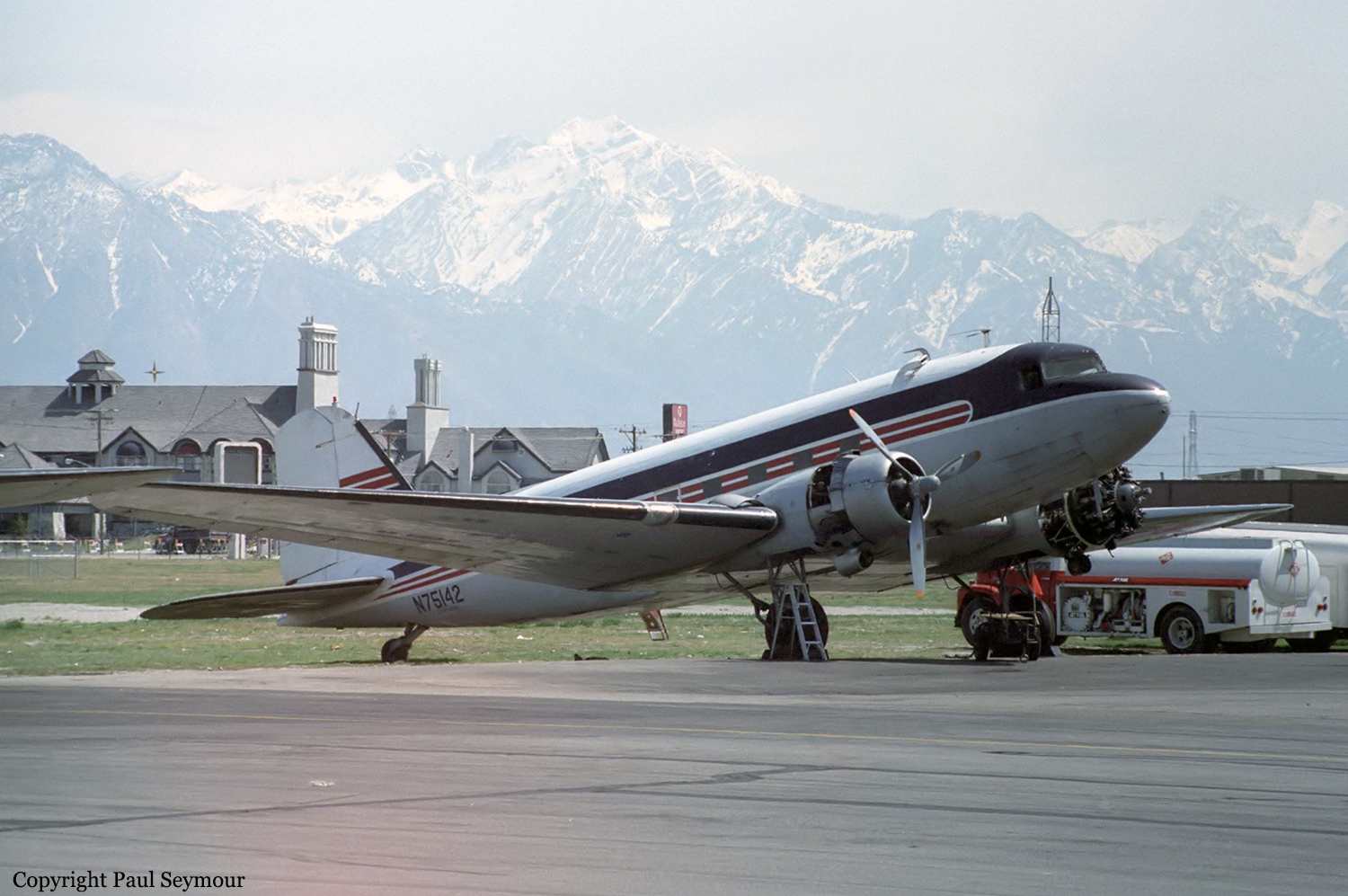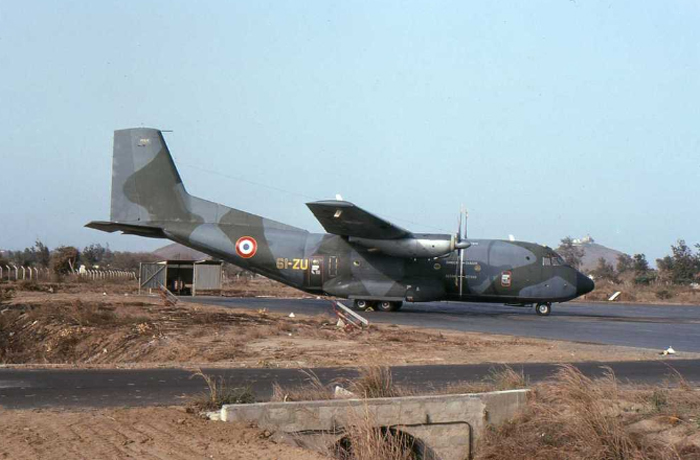Crash of a Casa 212 Aviocar 200 in Kupang
Date & Time:
Dec 13, 1996
Registration:
PK-NCO
Survivors:
Yes
MSN:
194/37N
YOM:
1981
Crew on board:
3
Crew fatalities:
Pax on board:
3
Pax fatalities:
Other fatalities:
Total fatalities:
0
Circumstances:
After landing at Kupang-El Tari Airport, the twin engine aircraft went out of control, veered off runway, lost its left wing and came to rest. All six occupants escaped uninjured while the aircraft was damaged beyond repair.















